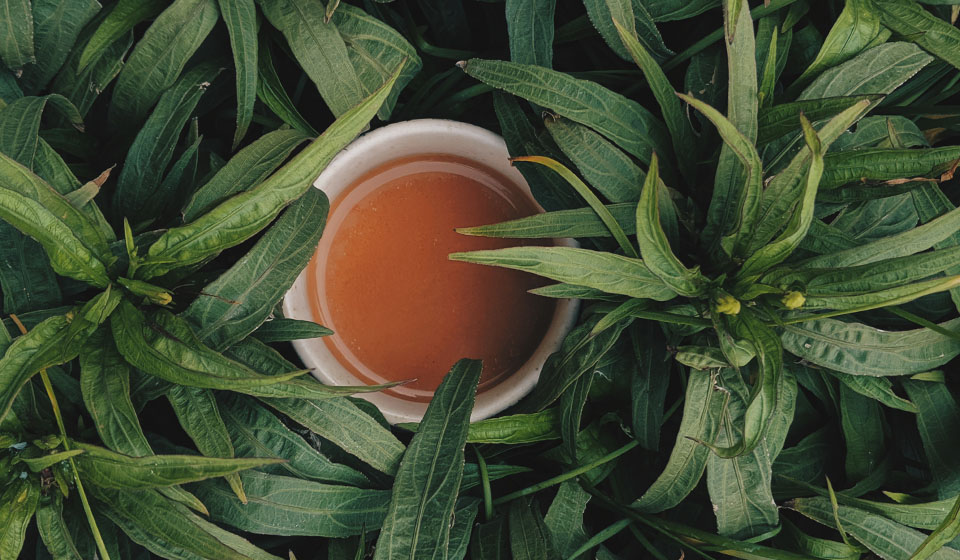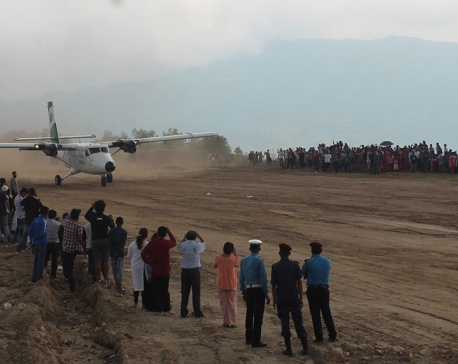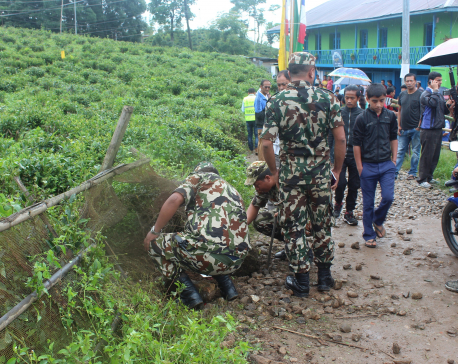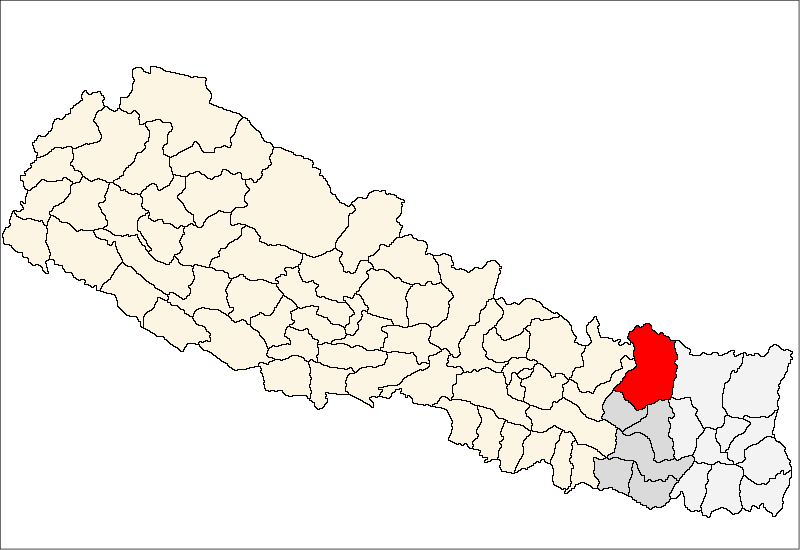
OR
Tea production stops with onset of winter
Published On: January 2, 2024 08:45 PM NPT By: Republica | @RepublicaNepal

ILAM, Jan 2: Tea picking in districts like Ilam, known for tea production, has stopped with the arrival of winter, halting the production of green tea. Since mid-December (Poush), tea production has come to a halt, prompting farmers to begin pruning the tea plants. The tea production hub in winter has been completely shut down since Poush.
After the production stopped, the factories have started grading the tea prepared earlier and giving priority to tea export. Processed tea is graded into different categories and prepared for sale.
After the production has stopped, the farmers are currently busy cutting tea leaves from the plants. From the tea harvested now, the production is started again from mid-April (Baishakh).
At this time, the tea plant should be pruned. The same is true when fertilizing. Some farmers dig around the base of the tea and add fertilizer by mid of April (Chaitra). Weeds that grow in the rain are also thrown at this time.
The farmers who have been harvesting tea using traditional techniques with the knowledge they have, recently started harvesting tea in a modern way after technical training.
According to the concerned farmers, the National Tea and Coffee Development Board has started training the farmers since last year, but even though they have started harvesting tea using modern methods, they have not yet received enough training.
Last year, after the board provided training on quality tea picking for increasing the quality and production of tea, the farmers got some relief.
They say that even though there is some relief for the farmers who have shown little interest in tea production, they have not received enough education.
The board trained 2,790 people by reaching places like Fikkal of Suryodaya Municipality, Targade of Deumai Municipality, Ilam Municipality, Shantidanda, Jaswire, Sankhejung etc.
It is mentioned in the data that 10 percent of the tea produced in Nepal is consumed in Nepal. About 20 percent goes to third countries and the rest goes to India.
According to the data of the National Tea and Coffee Development Board, 8,876 farmers are dependent on tea in Ilam. Although tea harvesting is being done on 7,236 hectares of land in the district, farmers are still having trouble getting the price of tea on time.
You May Like This

Ilam locals overjoyed to see test flight in their vicinity (watch photos)
ILAM, Jun 4: Locals knew no bounds of happiness when they saw an aircraft landing at Falgunanda Sukilumba Airport in... Read More...

Bomb goes off in Ilam, no human casualties reported
ILAM, June 28:A bomb has gone off at a polling center set up at Adarsha Adharbhut School located in Ward-7... Read More...

Sunrise Bank starts branchless banking service in Ilam
KATHMANDU,June28: Sunrise Bank Ltd has started its seventh branchless banking service in Nayabazar of Ilam. ... Read More...




Just In
- NEA Provincial Office initiates contract termination process with six companies
- Nepal's ready-made garment exports soar to over 9 billion rupees
- Vote count update: UML candidate continues to maintain lead in Bajhang
- Govt to provide up to Rs 500,000 for building houses affected by natural calamities
- China announces implementation of free visa for Nepali citizens
- NEPSE gains 14.33 points, while daily turnover inclines to Rs 2.68 billion
- Tourists suffer after flight disruption due to adverse weather in Solukhumbu district
- Vote count update: NC maintains lead in Ilam-2













Leave A Comment